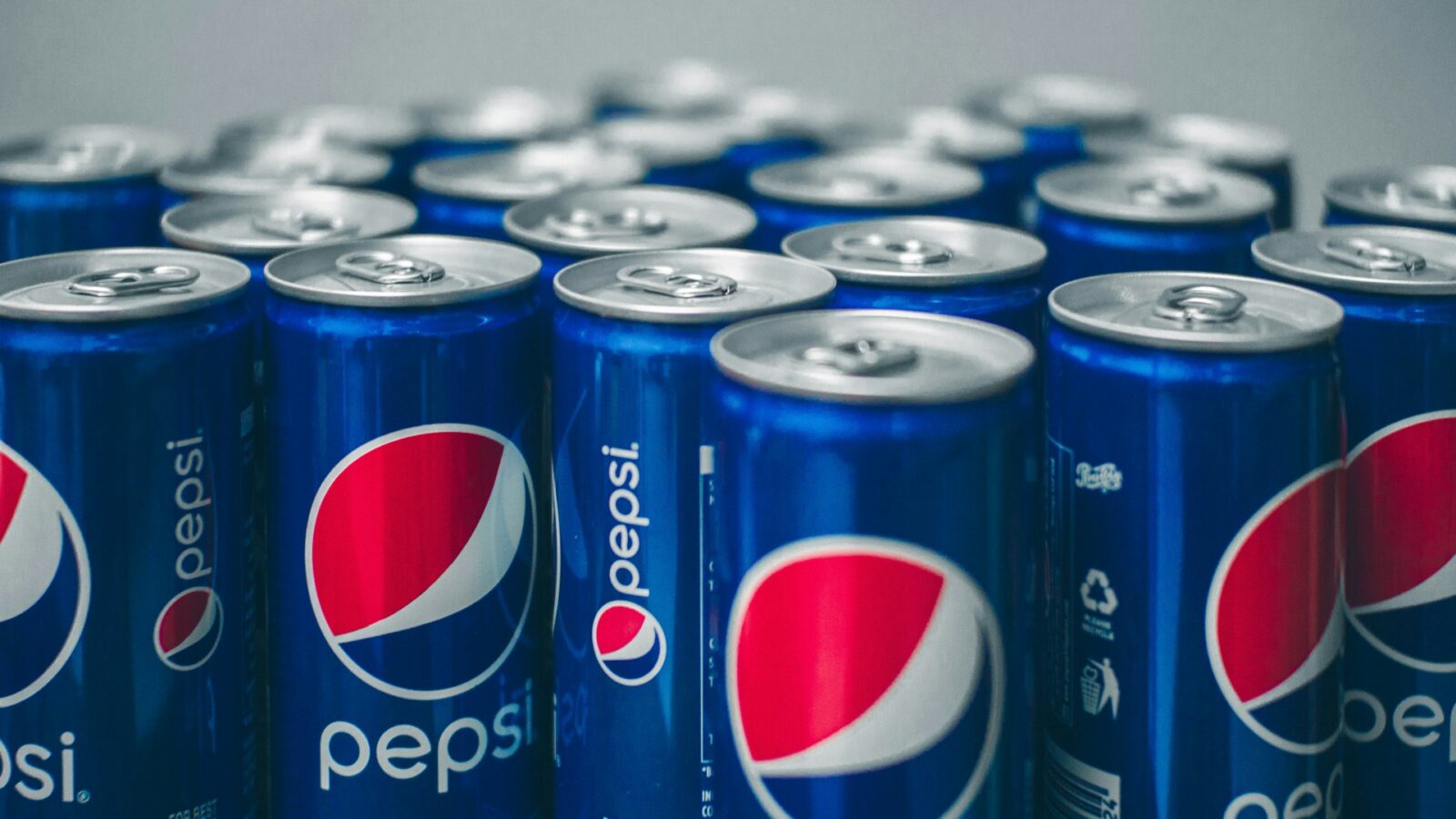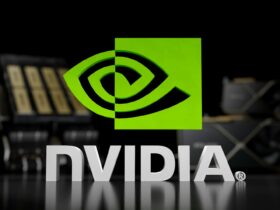PepsiCo’s (NASDAQ: PEP) Frito-Lay division — home to legendary snack brands like Lay’s, Doritos, and Cheetos — has long been the company’s most powerful profit engine. But in 2025, that golden engine is sputtering.
Once considered the most dominant player in the global snacking industry, Frito-Lay is now facing rising pressure from changing consumer habits, price sensitivity, and a fast-growing demand for healthier, protein-packed alternatives.
Analysts are warning that the company’s snack business, while still massive, is beginning to show cracks that could take years — and billions of dollars — to repair.
The Cracks in PepsiCo’s Snack Crown
According to RBC Capital analyst Nik Modi, Frito-Lay’s challenges can be summed up in three words: price, positioning, and protein.
“Frito-Lay has three main issues: 1) price points, 2) under-indexed exposure to growing snacking categories, and 3) lack of protein-based offerings,” Modi wrote in a client note. “Fixing these issues will take time, capital, and reinvestment that could dilute earnings and returns.”
Year-to-date, PepsiCo stock has dropped nearly 6%, while the S&P 500 has climbed roughly 14%. Investors are beginning to question whether the company can keep up with a rapidly evolving snack market.
Consumers Are Feeling the Crunch
For years, PepsiCo managed to offset inflation through price hikes, relying on strong brand loyalty. But in 2025, that strategy appears to have reached its breaking point.
Family-size chip bags, once a household staple, have become a luxury for many consumers. RBC’s research shows that Frito-Lay’s sales volumes have been flat for two years, even after record price increases.
Modi noted that “Frito’s biggest issue is one of affordability, especially for lower- and middle-income consumers.”
A Numerator survey found that price increases were the number one reason consumers stopped buying chips across all income groups. While single-serve bags are still selling well, larger family packs — which carry higher margins — are lagging behind.
The Protein Problem
Another major concern for Frito-Lay is its narrow focus on salty snacks, which make up about 90% of its sales volume.
Today’s consumers are gravitating toward high-protein and low-sugar alternatives such as jerky, protein bars, and functional snacks. According to RBC, protein-based products now account for 13% of the snack aisle, yet Frito-Lay’s exposure in that category is barely 1%.
Competitors like Mondelez (MDLZ) and Campbell’s (CPB) are capitalizing on the shift with snacks that blend taste, health, and convenience. Meanwhile, smaller brands such as Quest Nutrition and RXBar have successfully captured younger, health-conscious consumers.
“Frito-Lay once had one of the most advantaged portfolios in CPG,” Modi wrote. “Now, it’s underexposed to where consumer growth is happening.”
Activist Investors Turn Up the Heat
In early September, Elliott Investment Management disclosed a $4 billion stake in PepsiCo, pushing for structural reform, brand innovation, and operational efficiency.
Elliott believes its plan could boost PepsiCo’s share price by 50%, but even those optimistic projections don’t solve Frito-Lay’s underlying problem: sluggish snack demand.
RBC’s Modi warned that “even if Pepsi unlocks cash through cost cuts or refranchising, the company still needs to reignite consumer excitement around snacks.”
To do so, PepsiCo may need to make a difficult choice:
- Cut prices and sacrifice short-term earnings to rebuild volume growth, or
- Hold firm and risk losing market share to competitors offering better value.
“We believe ‘ripping the band-aid off’ and lowering pricing would hurt earnings but be viewed positively as a reset for long-term growth,” Modi added.
Pepsi’s Beverage Business Isn’t Saving the Day
PepsiCo’s beverage unit isn’t immune to pressure either. Despite strong brands like Pepsi Zero Sugar and Gatorade, the company continues to lose ground to Coca-Cola (KO) in key markets.
Some analysts, including Evercore ISI’s Robert Ottenstein, suggest PepsiCo should refranchise its North American bottling operations — similar to Coca-Cola’s successful model — to boost margins and free up cash.
However, the bigger issue remains the company’s reliance on snacks for profit growth. “Until Pepsi reignites U.S. snack growth, the stock may continue to move sideways,” Ottenstein said.
The GLP-1 Effect: Weight-Loss Drugs Shake Up Snacking
A new factor weighing on PepsiCo is the rapid adoption of GLP-1 weight-loss drugs like Ozempic and Wegovy, which are curbing consumer appetites.
Fewer calories consumed means fewer chips, sodas, and impulse snacks purchased — a trend that’s already forcing food giants to rethink long-term growth projections.
PepsiCo has acknowledged the trend but insists its diversified portfolio will help offset the impact. Still, analysts remain cautious. The company has cut earnings guidance multiple times since 2024, citing weaker demand and changing eating habits.
Rivals Smell Opportunity
While PepsiCo rethinks its strategy, competitors are seizing the moment. Mondelez is investing in “permissible indulgence” snacks like portion-controlled Oreos and protein bars. Campbell’s Goldfish brand continues to innovate with bold flavors and viral marketing.
Smaller, more agile companies are also thriving, leveraging AI-driven data to launch niche products tailored to consumer preferences — something Pepsi’s large-scale structure makes harder to execute quickly.
The Road Ahead: Reinvention Required
PepsiCo CEO Ramon Laguarta faces a critical test as the company prepares to release its third-quarter earnings. Analysts and investors expect a roadmap that includes:
- Expanding into protein and functional snacks
- Investing in new brands and smaller formats
- Leveraging AI and analytics for faster innovation
- Rebalancing pricing to restore volume growth
If Pepsi can adapt to the new consumer landscape — one that values health, value, and innovation — Frito-Lay’s story could still have a second act.
A Legacy at a Crossroads
PepsiCo’s Frito-Lay business has been a symbol of American snacking for decades. But as the world moves toward healthier, smarter, and more affordable options, the company faces a moment of truth.
To stay relevant, Pepsi must evolve beyond chips — redefining what it means to snack in the modern era. That means balancing indulgence with wellness, nostalgia with innovation, and scale with agility.
If Pepsi can pull off that transformation, its crown jewel could shine again — not just as the king of chips, but as the leader of the next generation of global snacking.







Leave a Reply